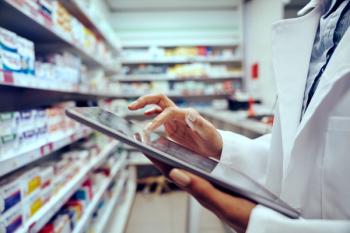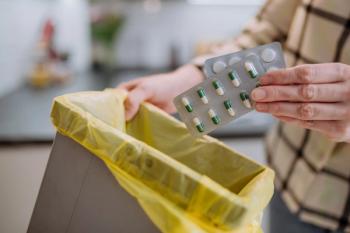
- Drug Topics March 2021
- Volume 165
- Issue 3
Tips for Optimizing Pharmacy Taxes
Owners can use the cash accounting method to optimize tax savings.
Numerous COVID-19 relief funding programs in 2020 gave pharmacies access to extra cash flow but added uncertainty in an already tumultuous year. With most independent pharmacies receiving Paycheck Protection Program (PPP) relief loans, Congress granted these pharmacies a last-minute gift, and some certainty, with the passage of the Consolidated Appropriations Act, 2021 (CAA) on December 27, 2020. This bill changed how the PPP would be taxed and essentially made it nontaxable. Add in other taxpayer-friendly provisions from the CAA, such as the nontaxability of Small Business Administration (SBA) debt relief and Economic Injury Disaster Loan (EIDL) grants, among others, and pharmacies ended the year with thousands in tax savings potential with the stroke of a pen.
Consequently, many pharmacies optimized their taxes, and cash flow, without having to do anything. For those who may still face a tax liability for 2020, there is little room to limit that tax liability after the tax year has concluded. However, there is one last-minute planning idea that, surprisingly, I often see not being used. This strategy can still be implemented before you file your taxes for 2020.
Cash Accounting Method
The Tax Cuts and Jobs Act of 2017 allows pharmacies to report, for tax purposes, on the cash method of accounting instead of the accrual method of accounting beginning in tax years after December 31, 2017. Many pharmacies already take advantage of these new rules but we often see pharmacies still not optimizing this generally easy tax-planning tool.
Read the full article on
Articles in this issue
over 4 years ago
Discussing Pain Management Options With Patientsalmost 5 years ago
Leveraging New Technologies to Prevent Drug Shortagesalmost 5 years ago
Multiple Sclerosis: Treatment Options and Counseling Tipsalmost 5 years ago
Women Pharmacists Are Leading Successful COVID-19 Vaccination Programsalmost 5 years ago
Improve Immunization Efficiencies With Automationalmost 5 years ago
Women in Pharmacy Making Strides to Close the Leadership GapNewsletter
Pharmacy practice is always changing. Stay ahead of the curve with the Drug Topics newsletter and get the latest drug information, industry trends, and patient care tips.





























































































































